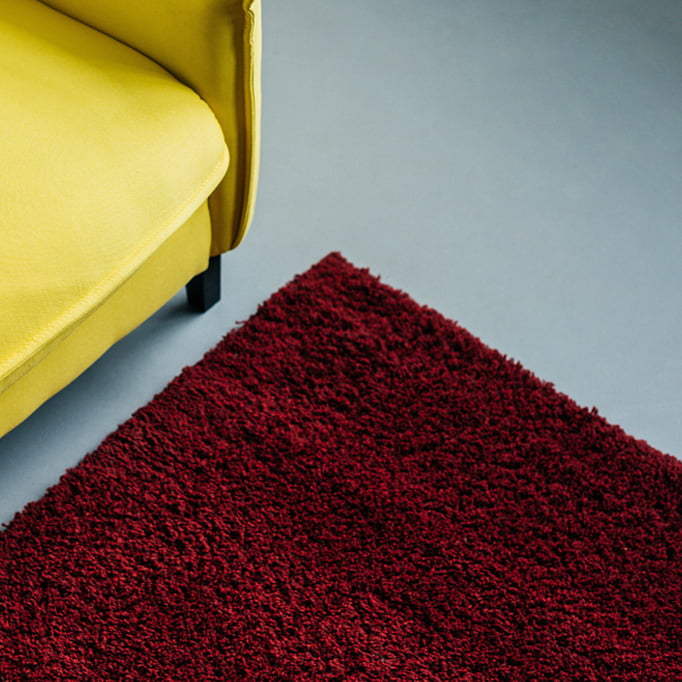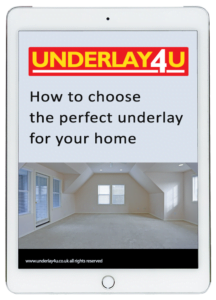Can you use carpet underlay for a rug?
There’s a lot of people wondering whether it’s good or bad to use underlay under a rug and if there are any benefits of doing so.
While we don’t promote our underlay as being designed for rugs, some people have found good uses for carpet underlay beneath their rug, however a few important considerations need to be understood first.
In this post we’re going to look at how to decide which is the best underlay for your rug and what to consider when making your buying decision.
First, here’s the improvements that it can give your rug.
Improved cushioning
The first reason people add carpet underlay to their rug, is because it gives a nice cushioning. This is particularly true for hard floors, usually laminate or wood. By adding a rug with cushioning, they find it much more comfortable on the feet or for relaxing on.
Thickening up the rug
Making the rug look thicker is also a good reason for adding underlayment. It can often give it a more luxurious look and you can quite easily turn a cheaper rug into one that looks more expensive and even unique.
Improved Insulation
This is probably more of a bonus than a specific reason. If you do have concerns of insulation around your home, then feel free to head over to our thermal underlay blog post
Now you have a clear understanding of the benefits, let’s take a look at the main decision-making processes.
Which rug underlay is best for Laminate or Carpet?
The main floor has a big determination on which underlay product would be best for you.
The two main surfaces are usually hard floors (laminate/wood) or soft floors (carpet).
Best Underlay for Laminate or hard wood floor
Laminate flooring underlay generally isn’t suitable for this use, partly because many of them have a damp proof membrane. So you would be best choosing one that’s designed for carpet.
If you’re laying a rug on laminate or wood flooring, the most important challenge will be slippery surface of these flooring products.
In fact, if you’re laying yours on laminate, you might be best buying a non-slip piece of rubber material rather than underlay.
There are many options on the market and will generally a great level of durability to protect your wood and laminate floors.
Best Rug Underlay for Carpet
For carpets, you can worry less about the slip and think more about how much increased thickness you want after adding the underlay.
How is the main floor affected and can it be damaged?
Some customers are concerned that by adding further cushioning to the rug, they will be more likely to damage their carpet or hard floor.
Damage to the main floor
When spending hundreds or thousands of pounds on a new carpet or wood floor, the last thing you want to do is increase the chances of getting it damaged.
The most common type of damage when covering up your floor for long periods of time is usually discoloration from light through the windows.
Discoloration can occur when strong sunlight is shining on areas of the floor where the other areas are covered up.
Laminate or wood flooring is most susceptible to discolorations. However carpet can also discolour but might take more time and stronger sun light for it to change.
The important thing is that it wouldn’t be the underlay that causes these discolouring issues, but would be the addition of rug itself. So, in conclusion, adding underlay would not be the cause of this type of damage.
If your room gets a good amount of sunlight during the day, you may choose to only have the rug down in the winter. As that might be the time of year where your home needs more insulation, cushioning or comfort.





